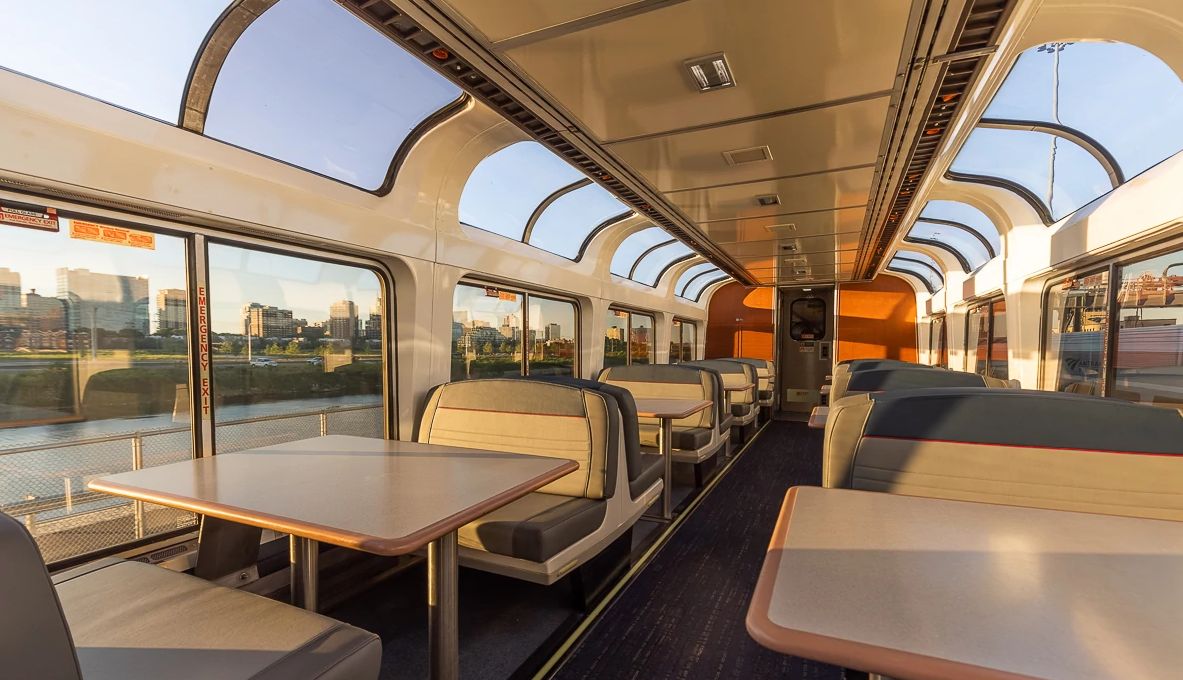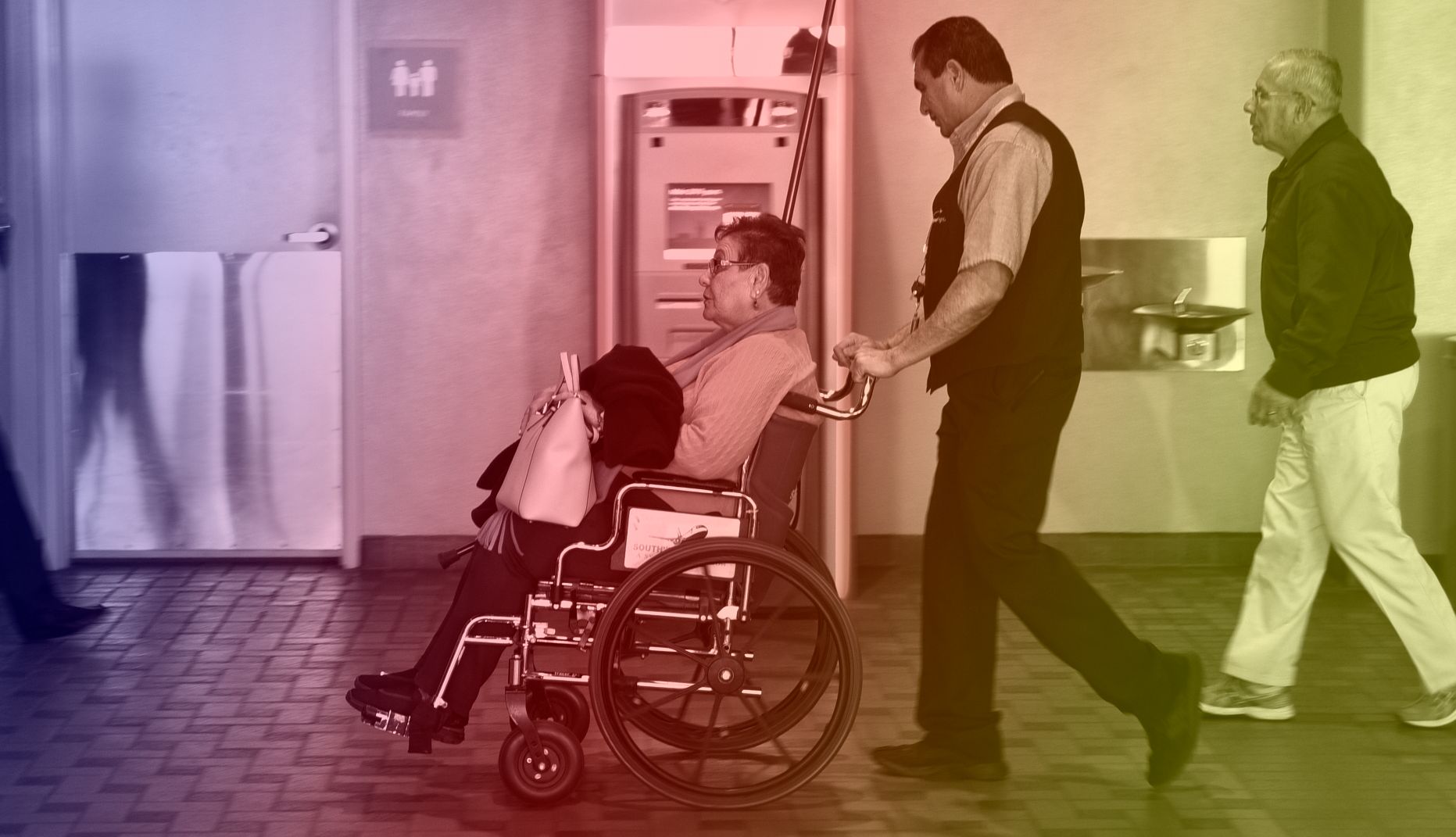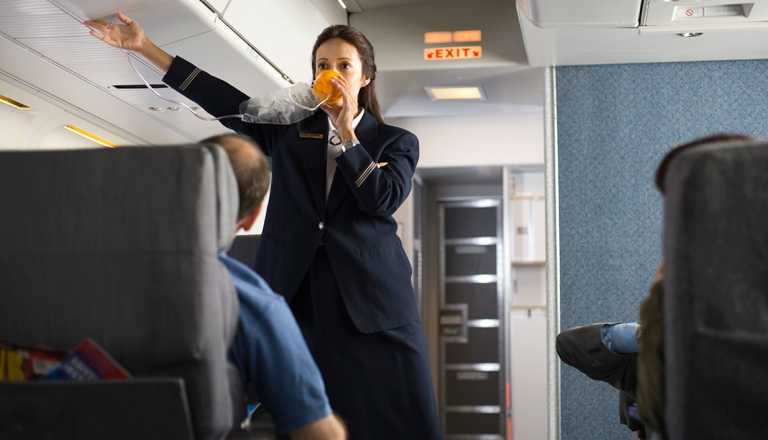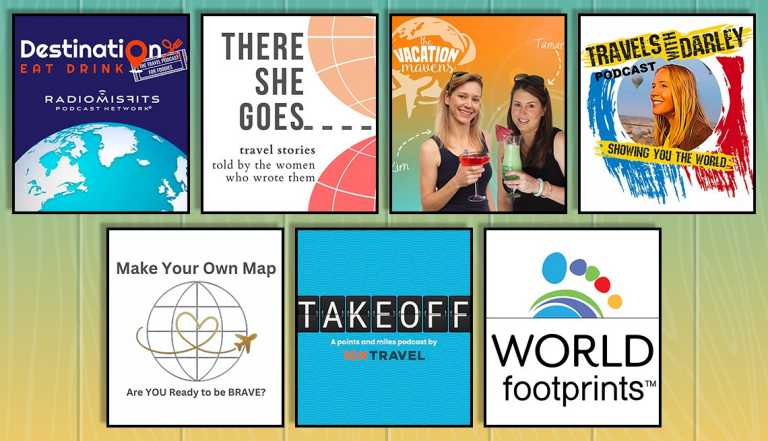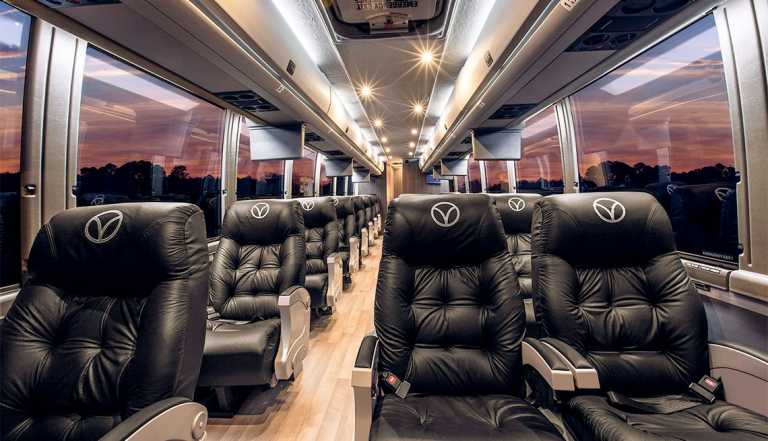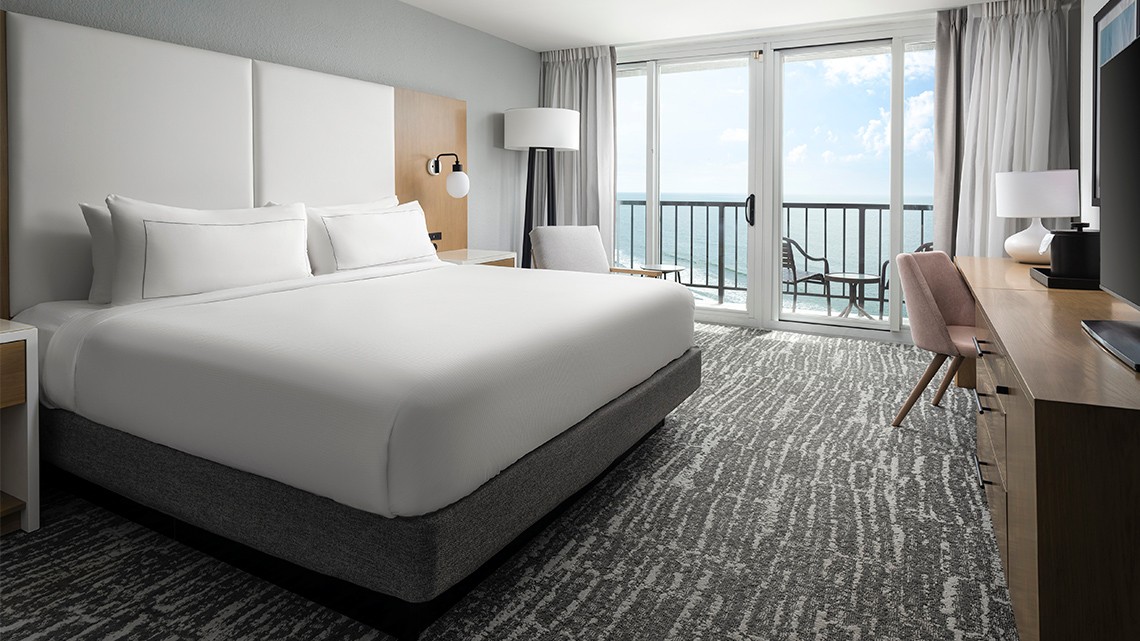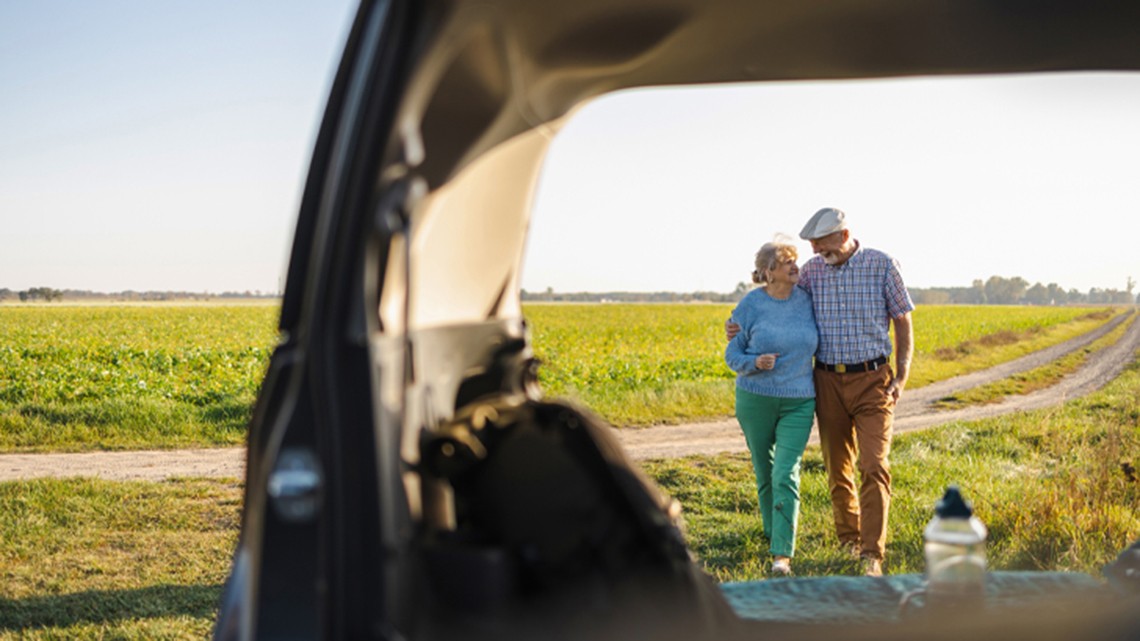Staying Fit
Transportation
Practical tips on how to navigate airports, train travel, and car rentals to help you get around while vacationing out of town
EXPLORE TRAVEL
Dream. Plan. Go. AARP can help you find everything you need to have an amazing travel experience


AARP Membership
$12 for your first year when you sign up for Automatic Renewal
Get instant access to members-only products and hundreds of discounts, a free second membership, and a subscription to AARP the Magazine.
AARP IN YOUR STATE
Find AARP offices in your State and News, Events and Programs affecting retirement, health care and more.


Travel Resources
Travel is the number one aspiration for people over 50. That’s why AARP is providing the resources to discover exciting destinations, and find the insider tips, tools and advice every traveler needs to plan a great vacation.



























































